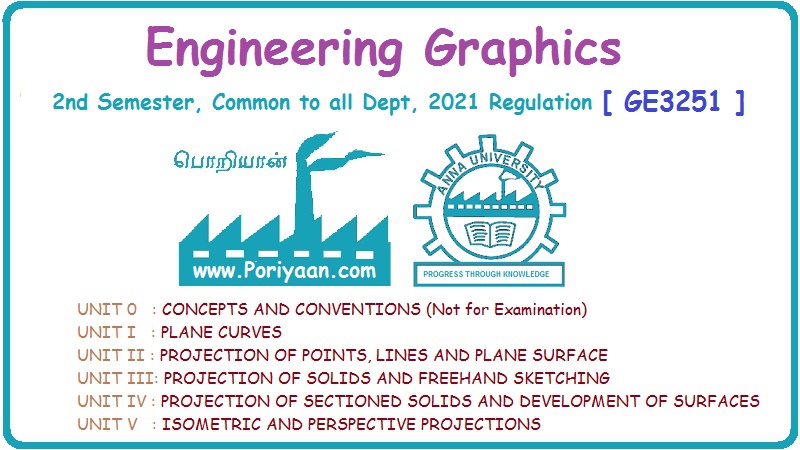Engineering Graphics: Unit 0 (c): Lines, Lettering and Dimensioning
Thickness (or width) of lines
Engineering Graphics (EG)
All the lines drawn in any engineering drawing should be sharp and dense to obtain good reproduction.
THICKNESS (OR WIDTH) OF LINES All the lines drawn in any engineering drawing should be sharp and dense to obtain good reproduction. Thickness of lines used in engineering drawing may be basically classified into three, thick, medium and thin lines. Thick line is normally 3 times thicker than the thin line and medium line is normally 2 times thicker than the thin line. In general, two thickness of lines are used in engineering drawing, thick and thin. The ratio of thick to thin line shall be in the ratio of 2 : 1. However, the thickness of lines should be chosen according to the size and the type of the drawing. IS 10714 : 2001 specifies the thickness of all the lines shall be in the range of 0.13 mm, 0.18 mm, 0.25 mm, 0.35 mm, 0.5 mm, 0.7 mm, 1.0 mm, 1.4 mm and 2 mm. Since it is very difficult to draw a line with a specified thickness, normally different grades of pencils are used to draw different thickness of lines. HB (Soft grade) Pencil is normally used for drawing border lines, lettering and Freehand sketching. H (Medium grade) Pencil is used for visible outlines, visible edges and Boundary lines. ie., in general to draw wide (ie. thick) lines. 2H (Hard grade) Pencil is used for construction lines, dimension lines, leader lines, extension lines, centre lines, hatching lines and hidden lines. ie., in general to draw narrow (ie. thin) lines.
Engineering Graphics: Unit 0 (c): Lines, Lettering and Dimensioning : Tag: : Engineering Graphics (EG) - Thickness (or width) of lines
Related Topics
Related Subjects
Engineering Graphics
GE3251 eg 2nd semester | 2021 Regulation | 2nd Semester Common to all Dept 2021 Regulation
